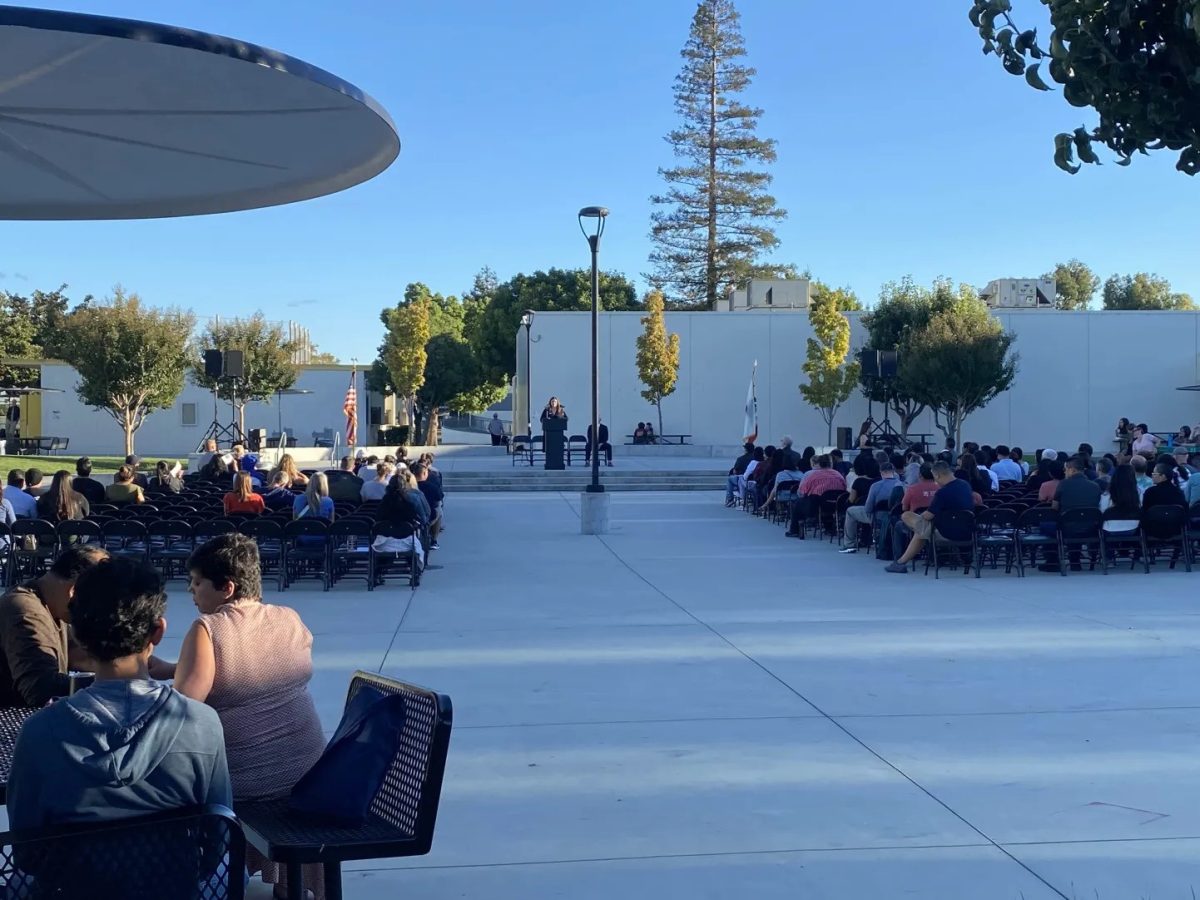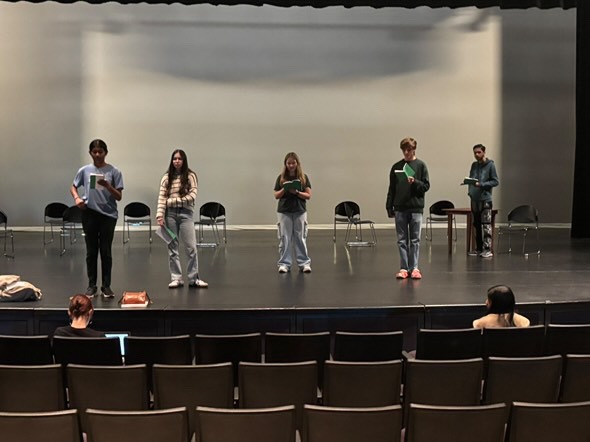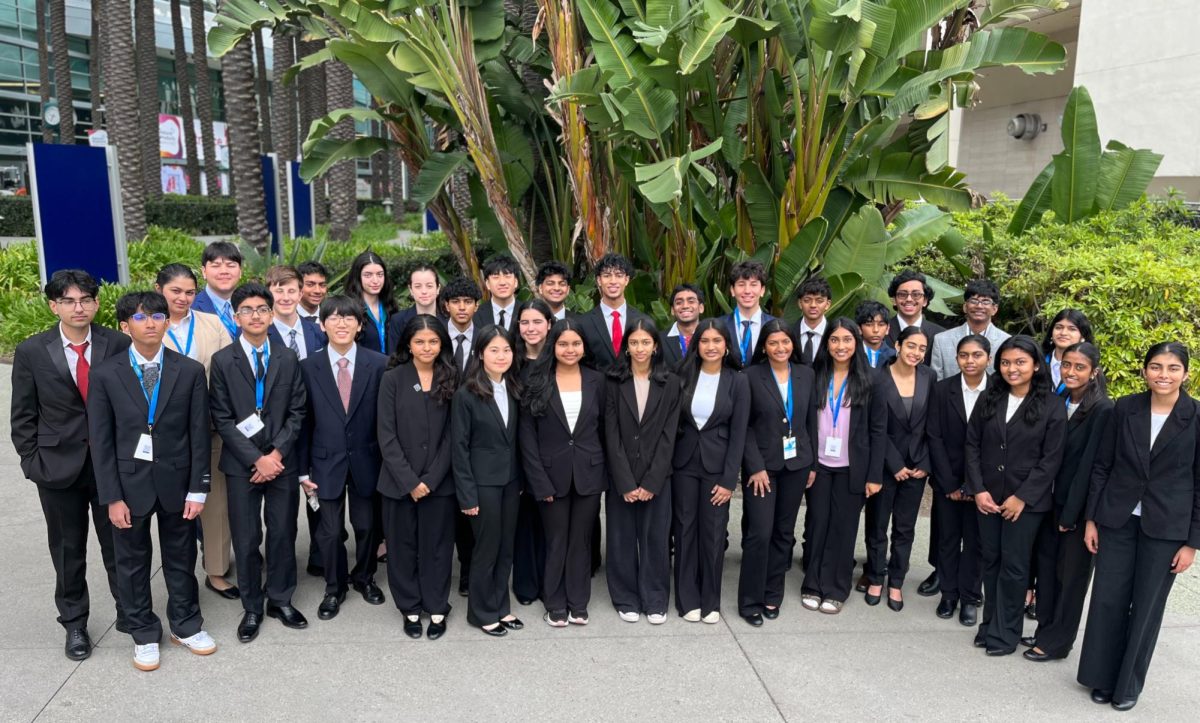Back to school night is one of the most constant traditions across high schools. The prospect is intuitive: a few hours set aside for parents to meet teachers in mimicry of a routine their children will repeat countless times in the following months. But intuitive doesn’t mean easy. Back to school night comes with its share of considerations, from logistics to its overarching role in the school community. So without further ado, let’s get into an overview of Back to School Night 2024, the planning that goes into it, and its future.
I attended Back to School Night on behalf of The Scribe this year to get a feel for the proceedings. Principal Gonzalez opened the event with a speech, which resembled a parent-directed version of the assembly speeches. Engagement with the school community was a focus, encouraging parents to attend events during their children’s last year at Wilcox.
Notably — aside from ASB volunteers who directed parents — few students attended the event (I was the only student in any of my classes’ presentations). Teacher presentations were certainly constructed with parents as the intended audience. In addition to covering teachers’ qualifications and syllabus, presentations’ humor also occasionally revealed their audience, with some teachers making more millennial-coded jokes most students likely won’t see.
Parent attendance, meanwhile, is a topic which segues directly into the broader logistics of Back to School Night. Mr. Stieren has been in charge of coordinating, advertising, etc. for the event since the 2021-2022 school year. He mentioned one of the primary difficulties with Back to School Night is the way parent attendance diminishes up to senior year, saying, “As a family has done ninth grade, 10th grade, 11th grade, 12th grade, you start to see them show up less and less…you’re trying to find ways to hook people in.”
Joshua Chang, a senior at Wilcox, mentioned that his parents attended Back to School Night in freshman year, but not in any of the following years. He explains their decision not to attend by pointing to two reasons: “One is because they’ve been busy, but also because…Back to School Night is more just to get informed about the school itself…right now, there’s no real incentive for [them] to really go.”
One of the large-scale ways Wilcox is working towards maintaining parent engagement is by communalizing Back to School Night. Upon arriving at this year’s event, one of the first things I noticed were the food trucks lined about the administration office curb. One served Mexican food, the other dessert. The trucks were a recent addition, and one of the ways the administration is trying to give the event a community event feel. “[The food trucks] allow people to come…instead of having to choose between going home and making dinner,” Mr. Stieren pointed out. “The food trucks have been well received.”
Also in the way of expanding Back to School Night, administration has been considering a way to incorporate a babysitting option into the event. As with the food trucks, the addition would be aimed towards accommodating parents’ schedules, particularly those with younger children that can’t be left at home. Mr. Stieren said babysitting might be facilitated with student volunteers, “offer[ing] community service hours or something to the benefit of the student.”
Chang has attended Back to School Night for two years as an ASB volunteer. Asked to offer insight on what incentives might encourage other students to attend Back to School Night, Chang provided a simple response. “Free food, or extra credit.”
So clearly, there is more to Back to School Night than immediately apparent. Administrators work to expand the event, and potentially allow it to draw in more consistent attendance. And yet, behind logistical considerations, food trucks, and speeches, Back to School Night is still a simple event at its core. “It’s a plug and play event,” as Mr. Stieren puts it. At the end of day, “its function is really to get parents in front of teachers.”







